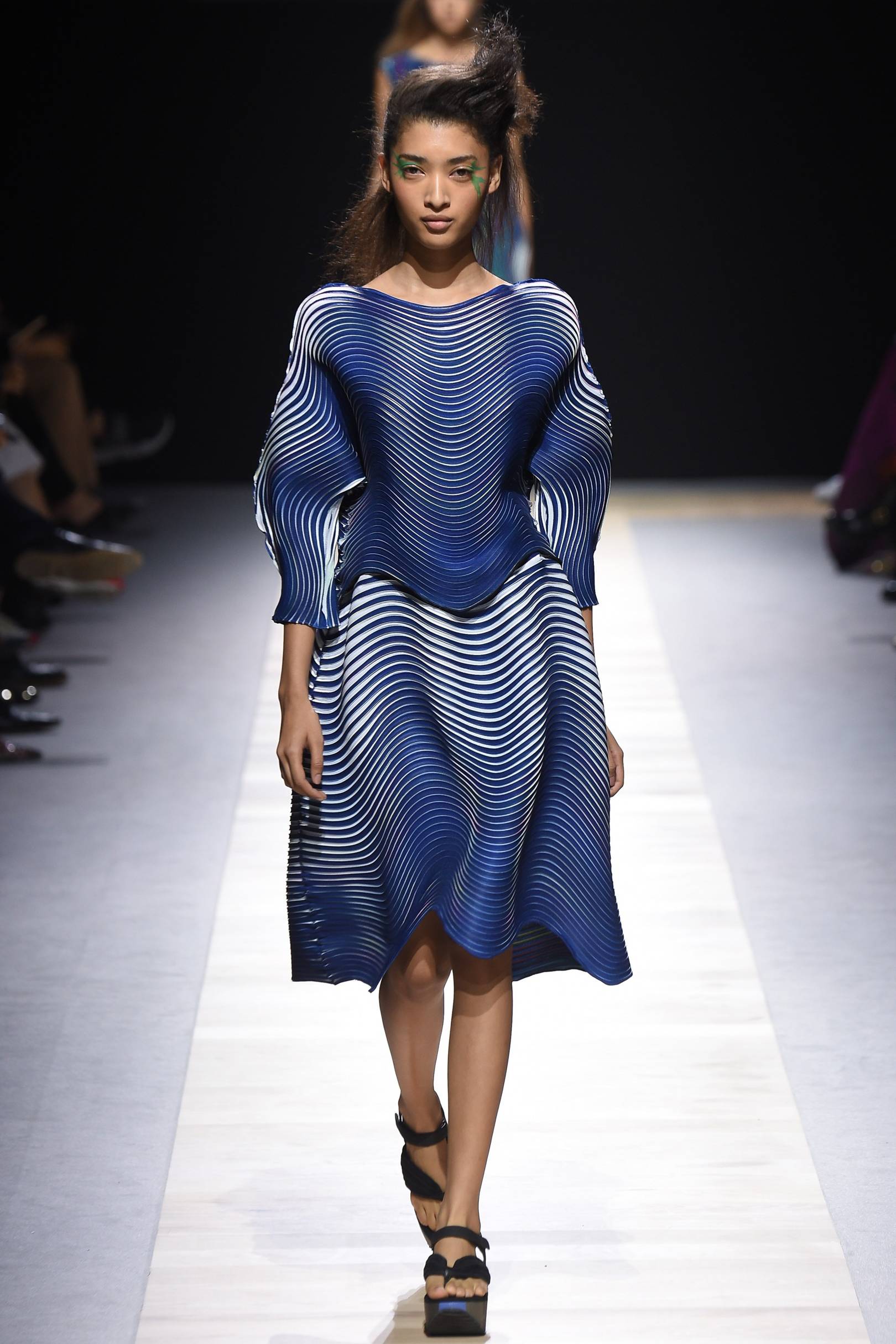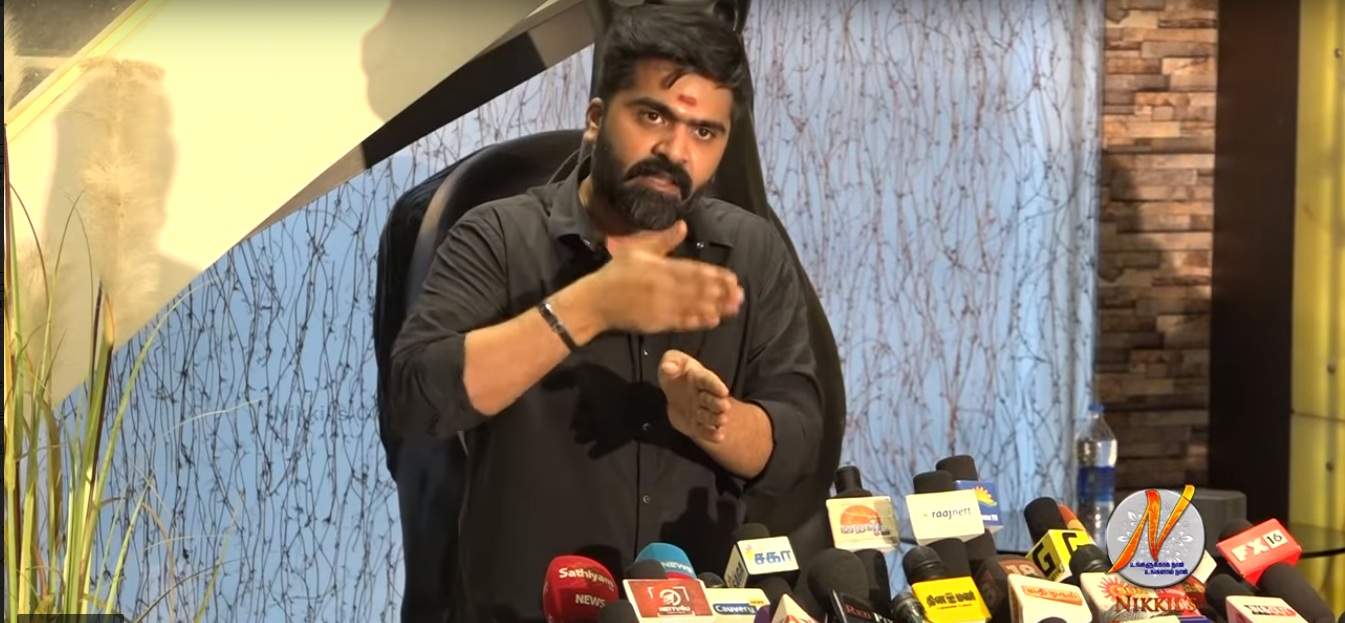Looking Back To Paris In Tokyo Fashion Week
Share
Looking at photographs from the current Tokyo Fashion Week, I actually have tried to outline, from a distance, what makes Japanese style so distinct. Our global universe primarily draws garb traits collectively in a homogenous institution. Yet Japan stands aside. There is the drape of transferring cloth throughout the body, the cut at a sharp angle, the fluidity of sexuality, and styles that come from deep within the inventive psyche of the United States of America. It is frustrating, even though it isn’t to be in Tokyo now, to witness the paintings of the latest designers and those from different Asian nations, which include the Philippines; there’s usually something to look at and say approximately Japanese style – a subject that I did now not pay enough attention to at some point of the crowded Paris Spring/Summer 2019 season.

Issey Miyake, I became inquisitive about fashion designer Yoshiyuki Miyamae’s modern-day trends as Creative Director at Issey Miyake. He referred to it as “Traces of Hands” – suggesting garments for folks that develop plants, acquire food, make gear, draw pix, and decorate themselves, in what seemed like a homage to employees. But it turned into the clothier’s concept of garments having “in addition freedom,” as he called it, which galvanized his collection. Human arms had woven, sewn, and shaped an innovative new fabric using a gadget called “Dough Dough,” translated by the designer as “twisting, rolling up, crumpling, folding or stretching.”
I became interested in dressmaker Yoshiyuki Miyamae’s latest trends as Creative Director at Issey Miyake. He called it “Traces of Hands,” – suggesting garments for folks that develop plants, accumulate meals, make equipment, draw images, and enhance themselves in what was regarded as an homage to workers. But it turned into the dressmaker’s concept of garments having “similarly freedom,” as he called it, which excited his collection. Human arms had woven, sewn, and fashioned a revisionist new material through a system known as “Dough Dough,” translated through the dressmaker as “twisting, rolling up, crumpling, folding or stretching.” But the designer’s first-rate ability became no longer most effective in shaping the clothes but also in his painterly palette – simple beige or white and in patterned blue, green, turquoise, and red. That coloring even prolonged to hats, which the dressmaker folded flat, fashioned into twisted headpieces, or crafted from stiff straw.

The feel of freedom that blew like a breeze via the collection confirmed how intelligently the fashion designer is walking speedily ahead in founder Issey Miyake’s footsteps.
Yohji Yamamoto
The fluid, unstructured clothes wrapped throughout the torso, almost all in black, seemed familiar but still first-rate in the way that every piece becomes scissored to show flesh someplace on the frame. Necklines sloping off at an angle – or with a reduce-out revealing simply the shoulder bone – were accompanied by zips establishing or closing in a way that counseled a female in control.
S the cuts regarded at the thigh or in sharp pleats on the hip, sexuality changed into starkly elegant. But the clothier continually offers surprises. This Spring/Summer 2018 series was color – sky blue, sunshine yellow, olive inexperienced, mauve – all bunched collectively in folds of fabric blossoming like flora. Followed with more cerebral tailored outfits – slender lines but patterned with circles and waves – Yohji proved that his quiet, private codes for ladies’ dress offer ladies freedom.
The impact became innovative, broadly speaking, meaning that a chunk of cloth would glide over like spilled milk or a skirt flow away to the facet. At its high quality, the idea of fabric moving and shaping itself on the body goes back to the soul of Japanese style: the kimono. But Chitose Abe’s imaginative and prescient became much tougher for much less sleek instances, sending military results onto the runway with angular plaids and checks. Yet, while their patterns moved from geometry to floral, there was a return to an extra female sweetness.

Hybrid” is the phrase routinely related to dressmaker Chitose Abe, ever because she started her fashion profession by displaying exclusive back and front factors of a single garment. That lot-copied idea has led the designer directly to diverse paths, most lately permitting a bit from each outfit to cling unfastened, with a spare lace sleeve or an extension of one leg of shorts.
The impact frequently becomes imaginative, meaning a piece of cloth might flow over like spilled milk or a skirt glide away to the facet. At its exceptional, the idea of material shifting and shaping itself at the frame goes again to the soul of Japanese fashion: the kimono. But Chitose Abe’s vision became much more difficult for fewer swish instances, sending military results onto the runway with angular plaids and exams. Yet, while their styles moved from geometry to floral, there was a return to an extra feminine sweetness.





